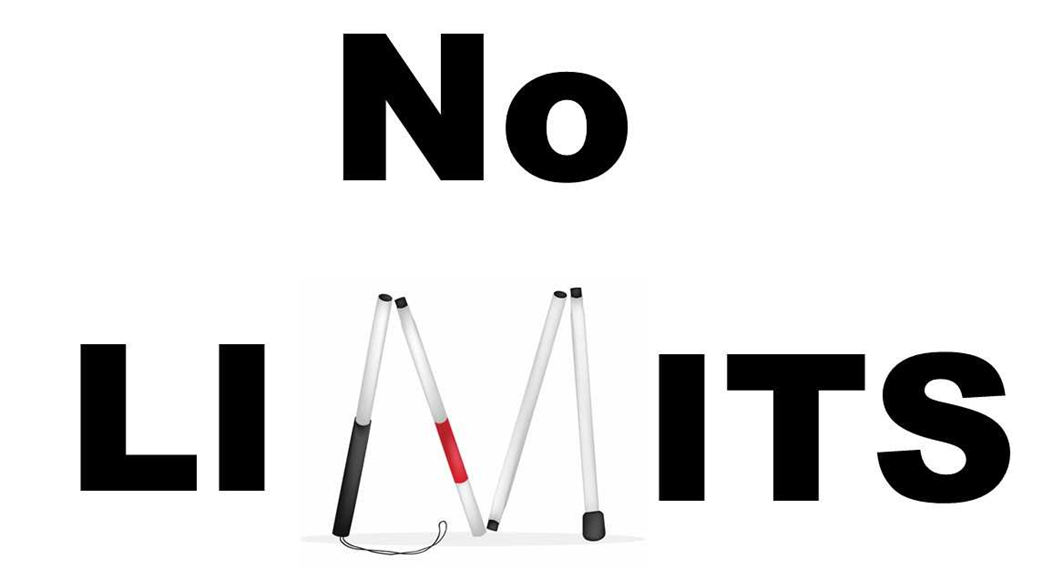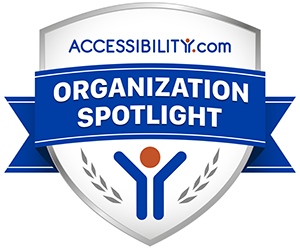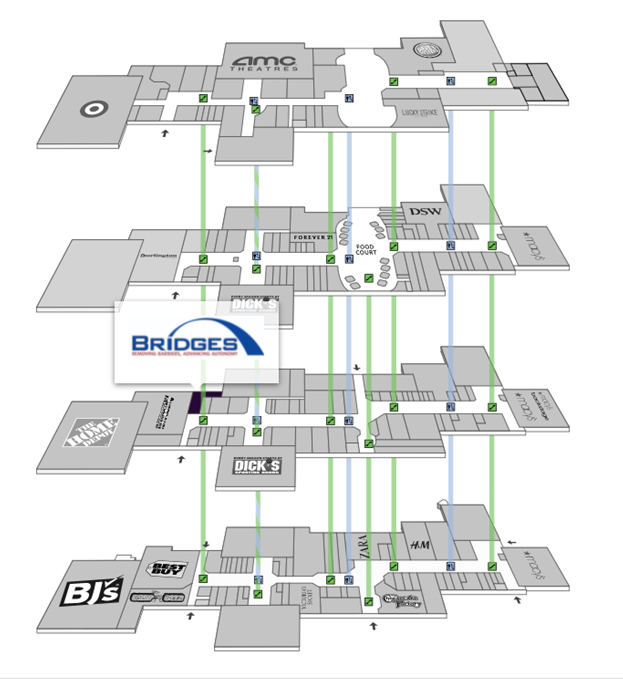White Cane Awareness Day 2024
BRIDGES is proud to celebrate White Cane Awareness Day on October 15, a day dedicated to recognizing the achievements and independence of individuals who are blind or visually impaired. The white cane is more than just a tool—it's a symbol of freedom, providing people with the confidence and ability to navigate the world safely and independently.
At BRIDGES, we advocate for inclusion and accessibility, and we stand alongside the visually impaired community in raising awareness about the importance of the white cane. This day serves as a reminder of the progress made and the work still to be done to ensure equal opportunities for all. Let’s continue to support and celebrate those who use the white cane to live independently and thrive.
October 15 is White Cane Awareness Day
BRIDGES/AVI celebrates White Cane Awareness Day every year on October 15.

White Cane Awareness Day, a national observance in the United States, is celebrated on October 15 of each year since 1964. The mission of White Cane Awareness Day is to educate the world about blindness and how the blind and visually impaired can live and work independently while giving back to their communities, to celebrate the abilities and successes achieved by blind people in a sighted world, and to honor the many contributions being made by the blind and visually impaired. It also reminds people about the how the white cane is an important tool in helping the blind and the visually impaired live with greater independence and serves as a reminder to people that motor vehicles and pedestrians should yield the right of way to blind or visually impaired people using canes.
How White Canes Work
We use our senses of hearing and touch to explore and understand the world around us. The white cane makes our hands and arms longer, so that we can assess the situation, and move quickly and confidently. The white cane allows us to avoid obstacles, find steps and curbs, locate and step over cracks or uneven places in the sidewalk, find doorways, get into cars and buses, and much more.
What to Do When You See Someone Using a White Cane
When you see a blind person using a white cane, remember that the cane is our tool to safely and independently navigate the environment. There's no need to shout warnings or try to physically steer us so that our canes won't bump into things. Remember that we are using our canes to explore what is around us. If we need any help or direction, we will ask. If you are driving or cycling and see someone using a white cane, you must follow the law and stop to give that person the right of way.
The History of White Cane Awareness Day
While it was not uncommon throughout history for blind people to use a stick or cane to navigate, society largely didn't accept that blind people could travel by ourselves until recently. In the 1960s, the National Federation of the Blind became a leader in fighting for the rights of the blind and in pioneering innovative training programs using the white cane. At their urging, the United States Congress adopted a joint resolution in 1964 designating October 15 of each year as White Cane Safety Day and recognizing that white canes enable blind people to travel safely and independently.
While the white cane does keep blind people safe (because drivers and other pedestrians can easily see it), it is also a tool that blind people use to explore and navigate our environment. For this reason, the emphasis of White Cane Safety Day has shifted over time away from safety, and toward independence and equality. We believe that it's important to celebrate this history and recognize the white cane as the tool that allows the blind to "come and go on their own" as President Lyndon Johnson said back in 1964.
To emphasize the shift in focus from safety to independence, and to continue to use the white cane as a symbol, we refer to this day as White Cane Awareness Day.

Celebrate White Cane Awareness Day! Come out and meet author and Orientation and Mobility Specialist Kristen Sharpless-Lang. She'll talk about her book "The Cane Kids!" You can win a copy of her book; we have full-color copies with Braille, and we have full-Braille versions!
Kristen is a multifaceted advocate in accessibility and empowerment. Certified in Orientation and Mobility, she equips individuals with vision impairments to navigate confidently. As a Vision Rehabilitation Therapist, she imparts essential skills to blind and low-vision individuals. Kristen also serves as an American Sign Language Interpreter, ensuring communication access for the Deaf and Hard-of-Hearing. Beyond direct client work, she actively raises awareness about Deafness and Blindness, fostering inclusivity through community engagement and education.
The National Federation of the Blind celebrates White Cane Awareness Day every year on October 15. For blind people, the white cane is an essential tool that gives us the ability to achieve a full and independent life, allowing people to move freely and safely from place to place — whether it's at work, at school, or around our neighborhoods.
Questions? Call us at 845-624-1366 x127 for more information.




